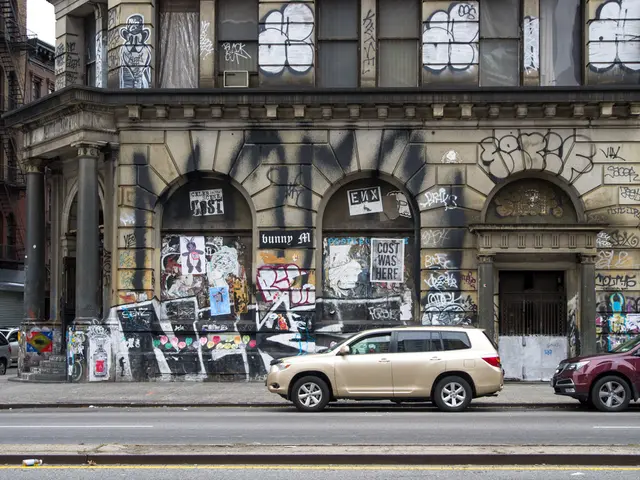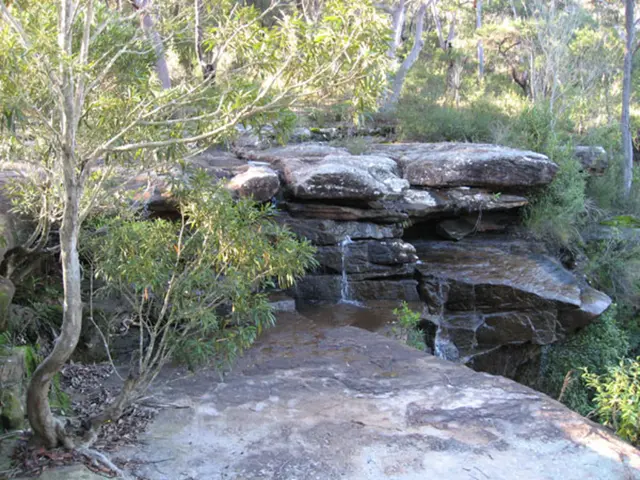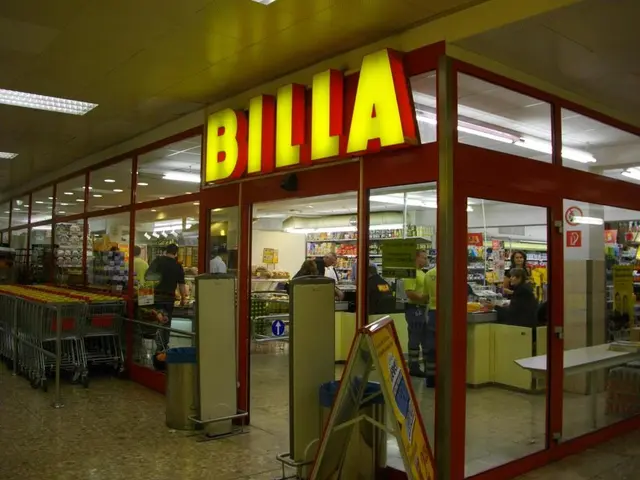Hit or Miss: The Unpredictable German Rest Stops
Use caution at these roadside stops - Steer clear of these parking spots at all costs.
Written by Christian Hensen
- Approx. Reading Time: 2 Mins
Setting off on a prolonged road trip, one might shudder at the thought of pit stops. German rest areas aren't exactly the talk of the town, contrary to their Italian counterparts, where you can almost anticipate a delightful coffee and an affordable Italian feast at Autogrill.
But fear not, the current ADAC Rest Area Test demonstrates that home-grown rest areas aren't entirely bleak. The club inspected 40 rest areas across Germany and judged them based on factors like food options, facility conditions, pricing, and infrastructure.
The not-so-fine print: None of the surveyed rest areas received a "very good" score. The highlight: there were no "very poor" scores, keeping the playing field reasonably balanced. Eight rest areas were given a "good" rating, six earned a "poor" one, with the rest hovering around the middle.
Are Cleanliness and Quality Worth a Price?
Sanitary facilities at larger rest areas, normally managed by Sanifair, were typically found "modern, well-equipped, and functional" by testers, albeit some did not meet high cleanliness standards despite costing a euro entry fee.
Contrasting the facilities' positive assessment, the food situation may come as a surprise. The ADAC asserts that testers were "almost always content" with the food offerings, but only three out of the 40 surveyed establishments provided fair prices. The rest were viewed as costly, with merchandise often overpriced, especially when considering service stations off the highway.
The Crème de la Crème - and the Flop
The top three rest areas, as highlighted by the current ADAC test, are stationed at "Fürholzen West" in Bavaria on the A9, "Demminer Land" in Mecklenburg-Vorpommern on the A20, and "Sindelfinger Wald Süd" in Baden-Württemberg on the A8.
On the flip side, the lower ranks go to "Fuchsberg Süd" in Mecklenburg-Vorpommern on the A20, "Münsterland West" in North Rhine-Westphalia on the A1, and "Eisenach Nord" in Thuringia along the A4.
The ADAC discourages refueling at rest areas, as indicated in another test, where the club identified fuel prices that were up to 54 cents more per liter on the highway compared to service stations near exits.
The test also brought forth limiting factors in terms of child-friendliness and accessibility and highlighted the lack of fast-charging stations for electric cars. Another drawback not included in the test: charging stations are generally uncovered, making charging an electric car in inclement weather a daunting task.
- Vocational training programs could be introduced at German rest stations to enhance the quality of services and food offerings, addressing industry's shortcomings in this area.
- Finance departments might find it beneficial to consider the influx of revenue from properly maintained, affordable, and clean rest stations, improving the overall transportation infrastructure and lifestyle of travelers.
- A vocational training course focused on hospitality and food management could be established at Fürholzen West rest area in Bavaria, as it has been recognized as one of the top three rest areas in Germany by the ADAC.
- Unless equipped with fast-charging stations for electric cars, rest stations may face criticism for their lack of adaptability to emerging trends in the transportation industry.
- A partnership between ADAC and local vocational training institutions could lead to the establishment of training programs that focus on improving the cleanliness and quality of facilities at rest stations, potentially boosting their ratings in future ADAC tests.




